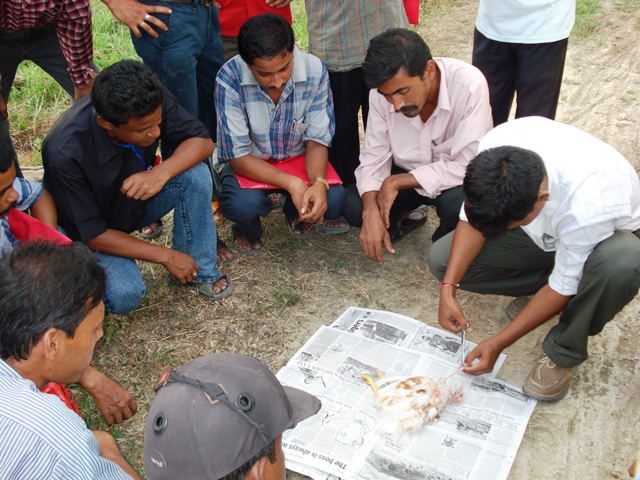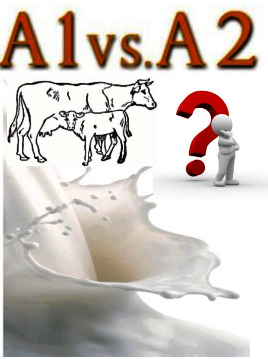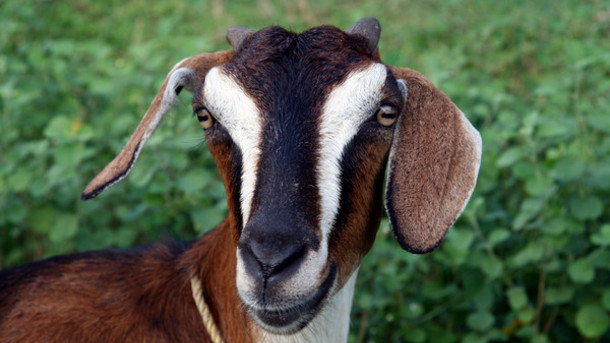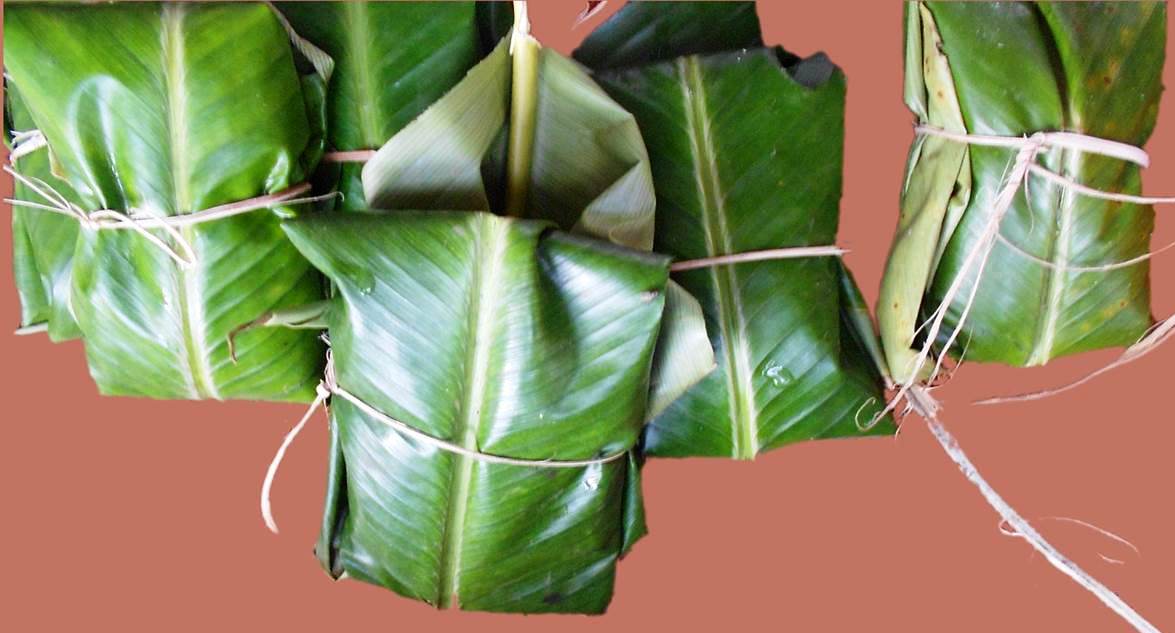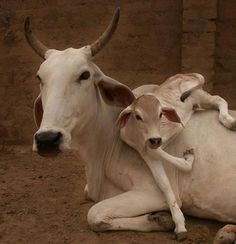
Transition period and its importance Transition period is defined as the four weeks prior and post calving, and is most crucial period in productive cycle of dairy cows, characterized by greatly disturbing the homeostasis and manifests in increased risk…

